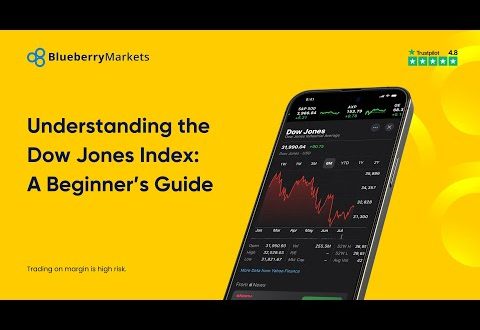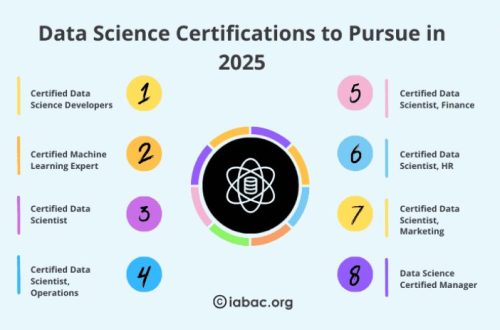Ever wonder why some websites seem to effortlessly attract visitors and convert them into loyal customers? It’s rarely a matter of luck. More often than not, it’s a strategic combination of search engine optimization (SEO) and a compelling lead magnet. These two elements, when working in harmony, can dramatically boost your website’s performance, driving traffic, generating leads, and ultimately, growing your business. Think of it as planting seeds (SEO) and offering a delicious treat (lead magnet) to nurture those seeds into a thriving garden. Ready to learn how to cultivate your own online success? Let’s dive in!
Harnessing the Power of SEO for Lead Generation
SEO, at its core, is about making your website visible to the right people. It’s about optimizing your content and website structure so that search engines like Google understand what you offer and rank you accordingly. But how does this translate into lead generation? Well, the higher you rank for relevant keywords, the more organic traffic you’ll receive. And more traffic means more opportunities to capture leads.
Keyword Research: The Foundation of SEO for Lead Magnets
Before you start optimizing anything, you need to understand what your target audience is searching for. This is where keyword research comes in. Tools like Google Keyword Planner, SEMrush, and Ahrefs can help you identify relevant keywords with high search volume and low competition. Think about the problems your lead magnet solves and the terms people might use to find solutions. For example, if your lead magnet is a guide on “Social Media Marketing for Small Businesses,” you might target keywords like:
- Social media marketing tips
- Small business social media strategy
- Social media marketing for beginners
Remember, the more specific you are with your keywords, the more targeted your traffic will be. This means a higher chance of converting those visitors into leads.
Tip: Don’t just focus on broad keywords. Long-tail keywords (longer, more specific phrases) often have less competition and can attract highly qualified leads.
On-Page Optimization: Making Your Website SEO-Friendly
Once you have your keywords, it’s time to optimize your website. This involves incorporating your keywords into your title tags, meta descriptions, headings, and body content. Make sure your website is mobile-friendly, loads quickly, and has a clear and easy-to-navigate structure. Google loves websites that provide a great user experience, and a happy visitor is more likely to become a lead.



